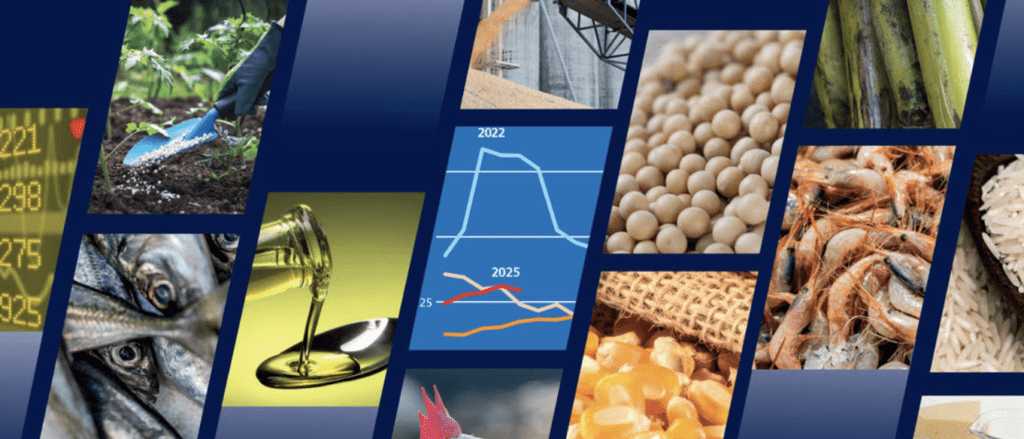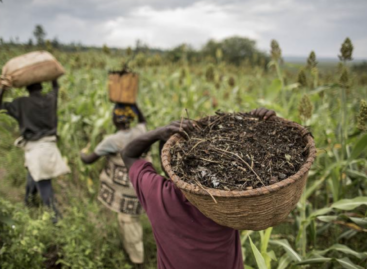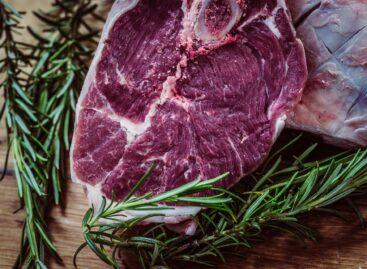FAO: Global production of major agricultural food commodities could reach new records
The latest assessment of global agricultural commodity markets by the Food and Agriculture Organization of the United Nations (FAO) is relatively optimistic, with production expected to increase for all major commodities except sugar, according to a new FAO report.

Among agricultural crops, rice, maize, sorghum and oilseeds are expected to reach new records, according to the FAO’s Food Flash Report, which notes that global food production remains vulnerable to adverse weather conditions, as well as geopolitical tensions, trade policy uncertainties and economic conditions.
“While agricultural production trends appear to be stable, a growing number of factors threaten global food security,”
said Maximo Torero, FAO’s Chief Economist.
The biannual report provides market assessments and updated forecasts for production, trade, consumption and stocks of major food commodities, including wheat, grains, rice, oilseeds, sugar, meat, dairy and fisheries. It also estimates global food import costs and includes thematic chapters on the impact of avian influenza, changing trade patterns since 2022, potential drivers of fisheries food adulteration in global agri-food systems, and the implications of decarbonising maritime shipping for food imports.
Global wheat production is expected to grow modestly next year, while per capita consumption is declining. The increase in production is mainly driven by an expected 13% increase in the European Union, driven by higher yields due to favourable weather conditions, and by an expected record harvest in India, driven by increased areas sown.
Grain feed production is expected to increase by 3.4%, reaching a new record, thanks to favourable prospects in Brazil, the European Union and especially in the United States, where maize production is expected to increase by 6.0%, mainly due to increased areas sown. Better weather conditions in South Africa could also contribute to the increase in maize production.
The FAO also published its first forecast for global rice production, which predicts that annual production could increase by 0.9%, reaching a new record (551.5 million tonnes), mainly due to expected production increases in Asia. International rice trade is expected to expand by 1.4% in 2025, reaching 60.5 million tonnes, driven by strong demand from Africa and growing exports from India and South America. Global per capita consumption of rice, the most important cereal in the human diet, is expected to increase, particularly in low-income food-deficit countries, where it is expected to increase by 2%.
The Food Flash Report also includes FAO’s updated estimate of global food import bills (FIB) for 2024, which shows the total import bill increasing by 3.6% compared to the previous year, reaching almost US$2.1 trillion. This increase was mainly driven by a 29.3% increase in import costs for coffee, tea, cocoa and spices, as well as an 8.1% increase in the import bill for fruits and vegetables and a 5.6% increase in meat products. In contrast, import bills for other food groups decreased, including a 4.6% decline in cereals.
In 2025, trade tensions and political uncertainties are expected to affect global food import costs, primarily through changes in import volumes and prices, especially for more vulnerable products such as tropical beverages and animal products. The impact may vary by country and product, depending on import exposure and available alternatives. Adverse weather events and supply chain disruptions could further increase import costs.
Related news
FAO: 2026 is the International Year of Rangelands and Pastoralists
🎧 Hallgasd a cikket: Lejátszás Szünet Folytatás Leállítás Nyelv: Auto…
Read more >New FAO publication reminds us of the finite nature of food production resources
🎧 Hallgasd a cikket: Lejátszás Szünet Folytatás Leállítás Nyelv: Auto…
Read more >European meat imports: external dependence is becoming stronger – Hungary remains a stable exporter
🎧 Hallgasd a cikket: Lejátszás Szünet Folytatás Leállítás Nyelv: Auto…
Read more >Related news
Premium drink, premium literature
🎧 Hallgasd a cikket: Lejátszás Szünet Folytatás Leállítás Nyelv: Auto…
Read more >Responsible Gastro Hero Foundation: a sourdough and kombucha sharing campaign
🎧 Hallgasd a cikket: Lejátszás Szünet Folytatás Leállítás Nyelv: Auto…
Read more >Style, language and tools
🎧 Hallgasd a cikket: Lejátszás Szünet Folytatás Leállítás Nyelv: Auto…
Read more >






